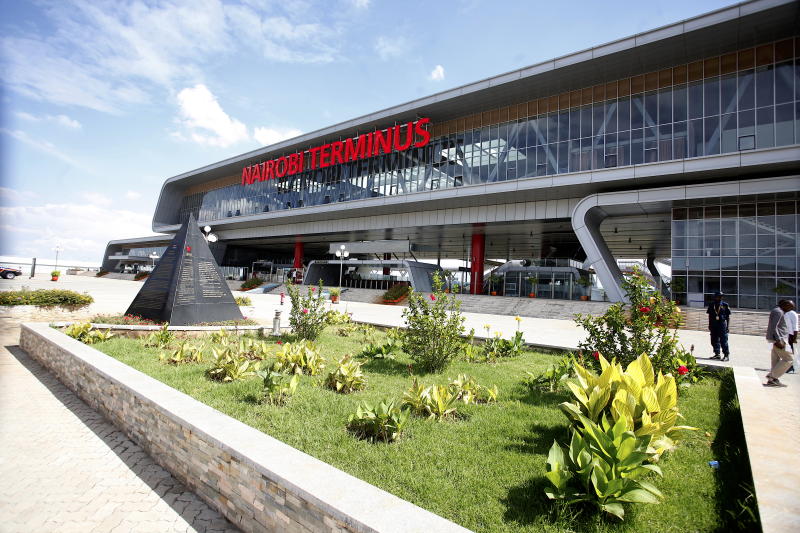×
The Standard e-Paper
Read Offline Anywhere

Shortly before Kenya embarked on construction of the Standard Gauge Railway (SGR), the country’s costliest infrastructure project, some local experts had warned against it.
One of the veterans, retired locomotive engineer Kariuki Kimiti, recalled how he had tried to convince the government to refurbish the old meter gauge railway.